“Vanillaville,” they used to call it in Montreal. Or “Toronto the Good” (the bad kind of good). Then something changed: Extreme diversity made the T-Dot the most globalized city on the planet.
The Economist declaring it the world’s best city to live in and Vogue dubbing it home to the world’s second-coolest neighborhood. (Is there anything more Toronto than coming in second in coolness?) It’s not as though it’s now a city of almost 3 million BFFs, but there are no strangers here. No immigrants. No refugees. Again and again, the only word you hear—in a wide variety of accents—is “newcomer.”
Day 1
Taking in colorful markets and alleyways
I wake up in the airport taxi having forgotten where I am. The cabbie has reached our destination, and he’s nudging me to get up. I’m a terrible morning person, but I am tasked with an adventure in this town, so I begin with a pilgrimage to The Monkey’s Paw bookstore, which shares a block in West Toronto with a Russian tattoo parlor and an eatery promising the Caribbean Queen of Patties. The store’s sea-green Biblio-Mat vending machine swallows $2 coins and spits out random books, a less showy, more schoolmarmy version of Zoltar, the mechanical fortune teller from Big. The clerk tells me that the machine’s secret method has been shared with only one customer, a magician who then scolded the shopkeeper about maintaining the mystery.
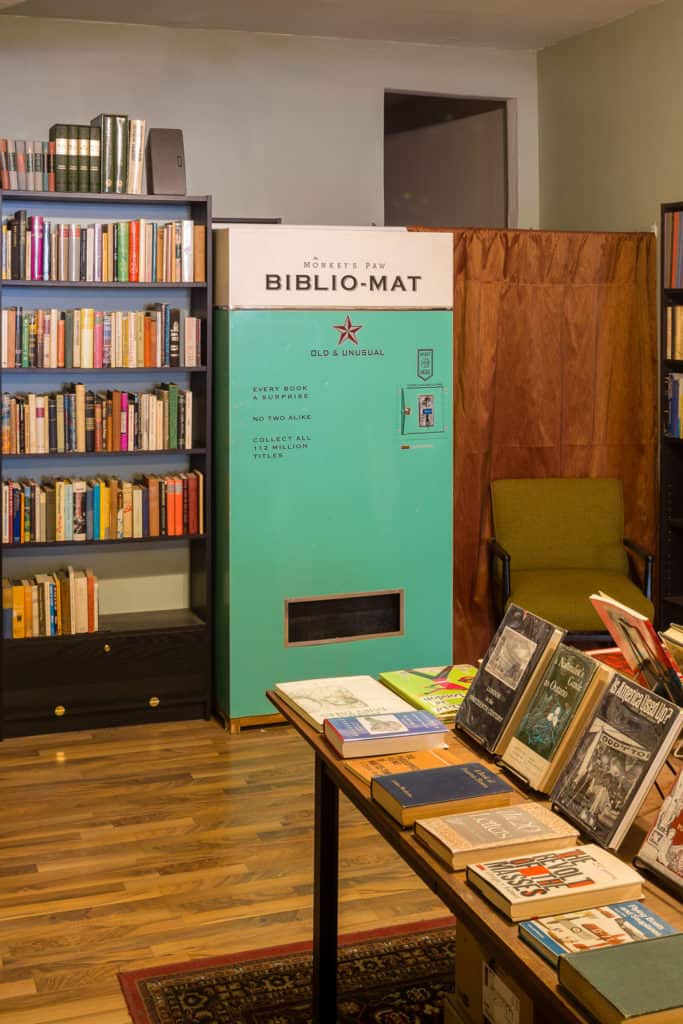
I drop my coin and—kerplunk—out pops a 1935 collection by Duncan Campbell Scott, “a Canadian poet who is internationally recognized as a master craftsman,” according to the book jacket. I turn to the first poem, “Reality,” and immediately feel as if I’m starting a scavenger hunt with a fortune cookie:
“The courtyard rings
and rattles
With the chaffering
and the din;
For all the guests are
merchants
Who all have dreams
to sell.”
“Shangri-La,” I tell my patient cabbie, who whisks me off to the hotel. “The most beautiful woman in my life, I dropped her off here,” he says. “It is a place of beauty.”
It is, but after checking in, I’m eager to get out and explore. A short stroll up University Avenue leads me away from the clutter of downtown to the teeming foliage of Queen’s Park, which is also home to the Ontario Legislative building, a looming Richardson Romanesque structure that seems more ecclesiastical than municipal. Toronto is Canada’s largest city, but here, with the twittering songbirds and chattering kids, it verges on pastoral.
“Peter Parkour, coming through!” yells a man in a black Spider-Man suit as he swings around a lamppost, then hops off a mailbox onto the windowsill of a bank, where he briefly crouches before somersaulting and cartwheeling down the street. There are no cameras around, and the guy doesn’t seem interested in attracting an audience. He’s just out for a bit of mid-morning fun. That’s Toronto for you.
I follow him as best I can, rounding the corner into Kensington Market, a hodgepodge of decade after decade of Hungarian, South Asian, Portuguese, Italian, Jewish, Filipino, and West Indian newcomers.
The first place I stop, Global Cheese, is a marvel of aromas and nibbles that makes me hungry for more. Nearby, Rasta Pasta serves Jamaican-Italian fusion: Dreadlock Pasta with jerk meatballs, say, or Reggae Lasagne with steamed callaloo. I end up getting a selection of tacos at surfer-chic Seven Lives: grilled octopus, beef cheek, and the Gobernador, a rapturous smoked marlin, shrimp, and cheese beast.
There’s nary a structure that hasn’t been daubed with a colorful, chaotic decoration.
Tastebuds treated, I head off to dazzle my other senses at Rush Lane, an alleyway that’s often erroneously thought to be named for the Toronto-born rock trio. This strip, also known as Graffiti Alley, is the neighborhood’s artistic spine. There’s nary a structure—garage, warehouse, hydrant—that hasn’t been daubed with some sort of colorful and chaotic decoration, created by local artists in a dizzying array of styles: the punk and the poetic, the cute and the caustic. One expansive mural depicts a fluorescent undersea scene, while another renders Toronto as a treasure map. I also spot works by the local artist Uber5000, whose signature Pikachu-like yellow birds are Toronto’s unofficial mascot.
It’s especially fun to explore the area while gobbling the color-splattered truffles I acquired earlier from CXBO Chocolates in Kensington (the king of these treats, which I dare not try, is the pineapple-size “disco egg”). Hopped up on sugar and stardust, I wander around for a bit, transfixed by the art and impressed by the fashion sense of the other people wandering around. I stop before one work, a bug-eyed pink and yellow face that’s been applied to the door of a cupboard. Inside is a giant orange prescription bottle with a label that reads: “CHILL.” How could I argue with that?
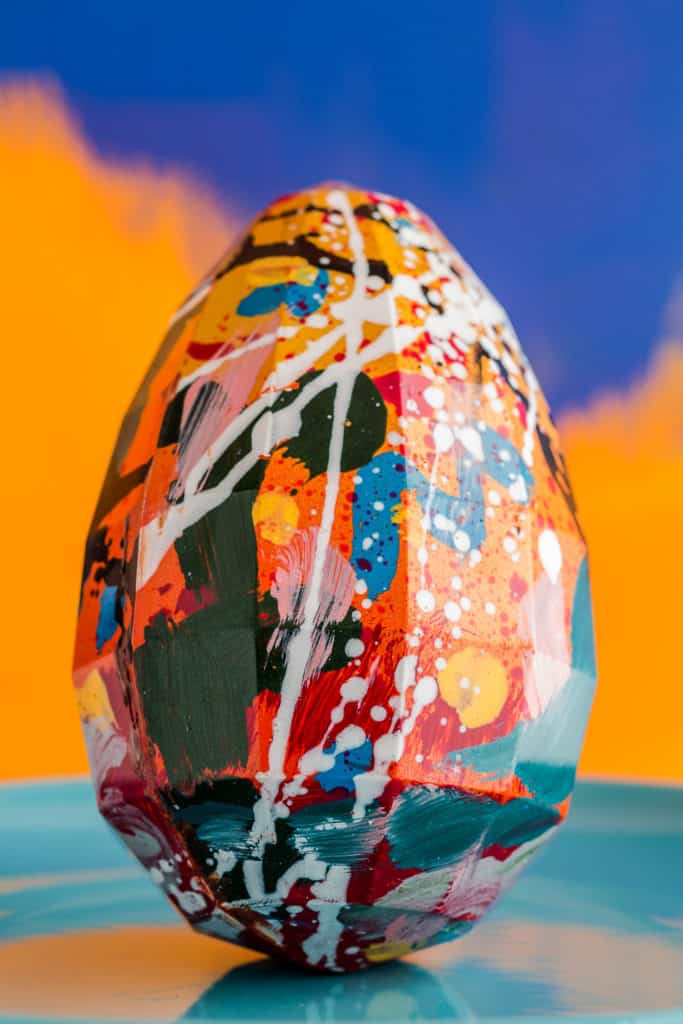
It’s an easy walk to Edulis, a cozy-cottage restaurant that’s considered one of Canada’s best. I’m having dinner here with Max, a buddy joining me on this trip to celebrate his 30th birthday. We’re not particularly hungry, so we just order squid stuffed with its own tentacles and cooked in its own ink, Wyandotte heritage chicken fricassee, wild lake trout, intense mountain porcini, and Nova Scotia lobster with chanterelles and foie gras. Oh, and a rum cake with chantilly cream. “Oh my God,” Max moans after his first bite of the cake. After his second: “Oh my God, it’s still … it’s just … wow.” He lifts the third bite to his mouth, shushes the spoonful with puckered lips, closes his eyes, and whispers two words: “Stop it.”
Toronto can’t stop. Won’t stop. So we’re on to Sneaky Dee’s, a dive bar that proudly serves what it calls “gringo” breakfast food. We settle for a couple of Manitoba martinis—Crown Royal and Diet Coke—before heading out to row merrily, merrily down the street.
We almost pass by Super Wonder Gallery, an art space that’s hosting a pop-up cumbia reggae party. Inside, people of every age and race swirl to the sounds of a Guatemalan DJ called Dr. Nativo. A young First Nation guy introduces himself as Israel, then darts into the crowd, his braids bobbing behind him. We do the same, only with less panache. The rhythm is contagious, even for my two left feet. Newfound friends introduce us to their friends, on and on: “This is Richard and Max. They’re newcomers.”
Day 2
Toggling from a fine art museum to a VR head trip
Having worked our way through the Shangri-La’s restorative full English breakfast, Max and I head a few blocks north to the Art Gallery of Ontario, which spans the centuries and is spiced with the kind of woke wit that allows signs to be translated casually from English into Anishinaabemowin, an indigenous tongue. The museum itself is a work of art, especially Frank Gehry’s woozy spiral staircase in the mammoth central atrium.
In a dark room containing Hank Willis Thomas’s retro-reflective prints, flash photography is not only encouraged but necessary: the images can be seen only in the brief burst of light. Sandra Meigs and Christopher Butterfield’s Room for Mystics is a romper room of oversize primary colors. Esmaa Mohamoud’s ball gowns made from Vince Carter basketball jerseys are deliciously impish and structurally flawless. And there is a haunting beauty in standing inches from Shauntay Grant’s great-grandmother’s handmade quilt as Grant reads poetry through speakers tucked behind the fabric: “Show me secret ways of feeding from forest feasts, flower dumplings, and blueberry stew. I want to know potatoes, pan-fried pain too much on the belly. Grandmother, teach me.”
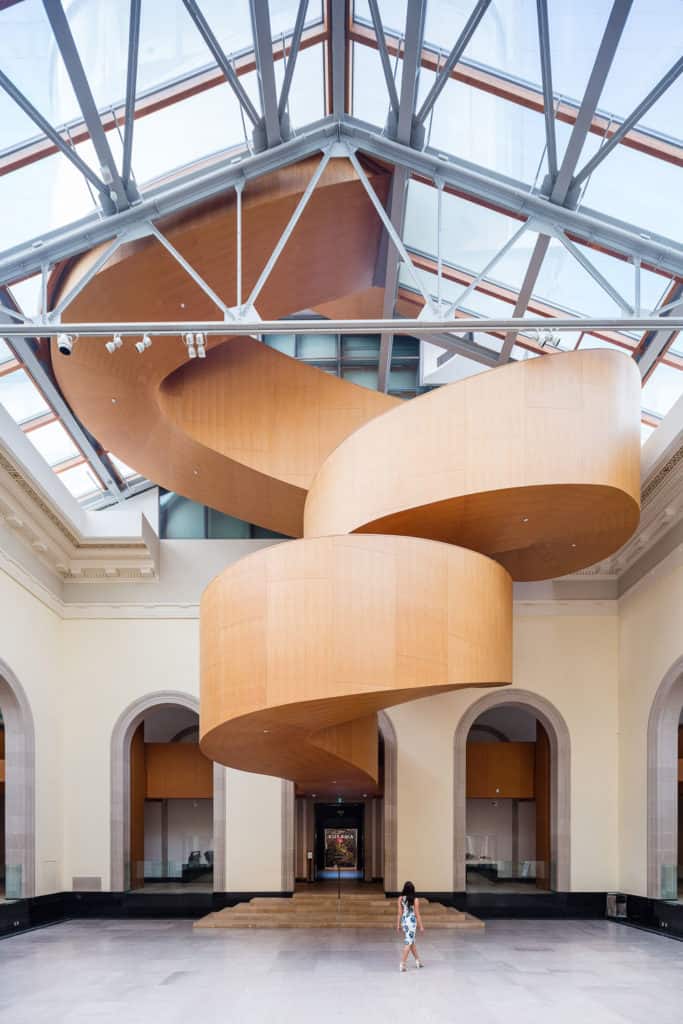
The poem is inspiring, but also mouthwatering, so we head off to Dim Sum King, a large restaurant on the third floor of a nondescript building in nearby Chinatown. On the way, we take a detour through Grange Park, which reopened last year after a multimillion-dollar revitalization, part of which involved the introduction of a Henry Moore sculpture, Large Two Forms, which was moved here from another part of the city—a decision that caused a stir among local art lovers.
Dim Sum King is a low-key spot, yet the walls are covered with photos of celebrities who have eaten here. Prime Minister Justin Trudeau appears to be a regular, and within moments of sitting down I can see why: Carts of wonderful treats are wheeled up to our table, including pillows of steamed buns and dumplings that are the culinary equivalent of a spa treatment. We burn the buns off by walking to the historic Distillery District, which is built around a landmarked 19th-century brick distillery and is now a magnet for artists, foodies, and sundry craftsfolk.
It’s incredible how open these people are to discussing their work, even as they go about making it. At the Sarah Phelps Art Gallery, the eponymous painter gives Max and me a guided tour of nearly every work in the space—the inspiration, the process, the emotion. At the Thompson Landry Gallery, we view the hypnotic oil paintings of Ognian Zekoff, which focus almost entirely on hands, along with the folkloric Technicolor prints of Anishinaabe artist Norval Morrisseau. At Soma Chocolatier, we buy chocolate birch branches stuffed with raspberry jam and nougat, as gifts for folks back home. Tastier than olive branches, eh?
The Art Gallery of Ontario itself is a work of art, especially Frank Gehry’s woozy spiral staircase in the mammoth central atrium.
North of here, on the fringes of the funky Annex district, we come across Snakes & Lattes, which offers coffee and board games in a space with a distinct living-room vibe. So much of this city is homey. For a true taste of Toronto’s stylishness, though, you have to go a block west to Bar Raval, which is largely hidden from the outside world, identifiable only by a plain wood door. Inside is a Hobbit house of swirling dark wood, Gaudí-style, where Spanish tapas are served. Think of it as the home of Bilbao Baggins.
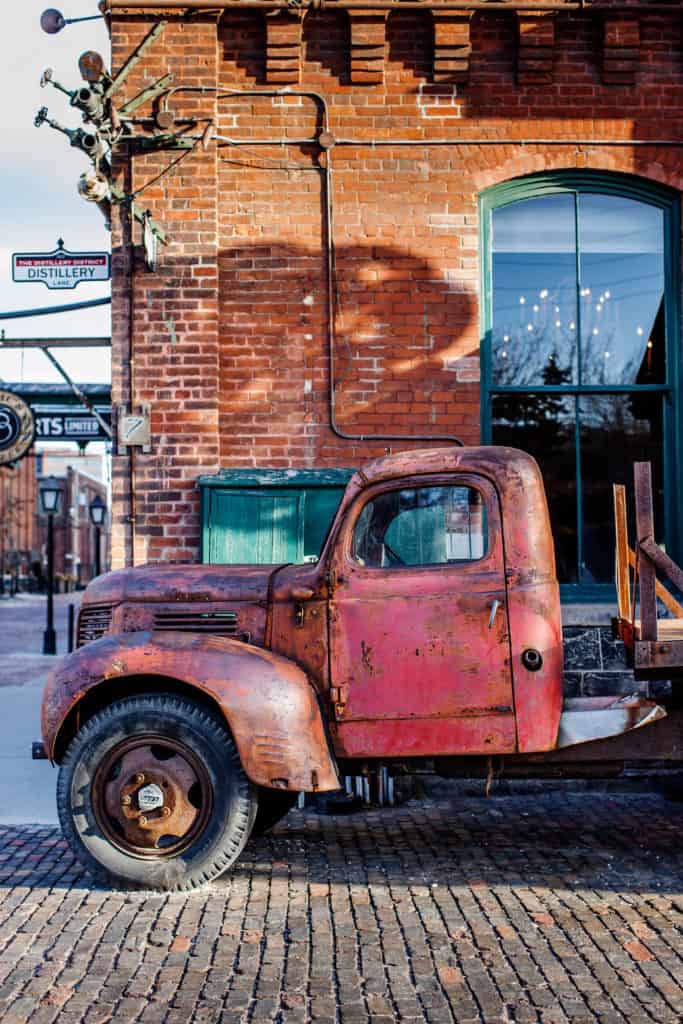
While sipping the mole-infused cocktail Glass Case of Emotion and the apricot and celery Into the Sun, we eye passing platters of mushroom towers and tuna pickle gildas and just the sheer transportative splendor of the place. All the people here, Max and me included, seem to be discovering fantasy versions of themselves—a bit cooler, a bit more adventurous. The overall effect is the opposite of a singles bar: It hums with the communal pulse of a house party.
From here, we head to DaiLo, a modern Asian bistro inspired by chef Nick Liu’s family recipes. An amuse-bouche of green tomatoes comes from Liu’s own backyard, pickled kimchi-style then tempura-fried. His pork and shrimp dumplings in XO sauce are made with his grandmother’s recipe. There are also a few wild novelties, such as a fantastic Big Mac bao (in which the fast-food classic is reimagined with 90-day dry-aged ribeye), tofu in KFC batter, Vietnamese tiramisu, and sake sorbets.
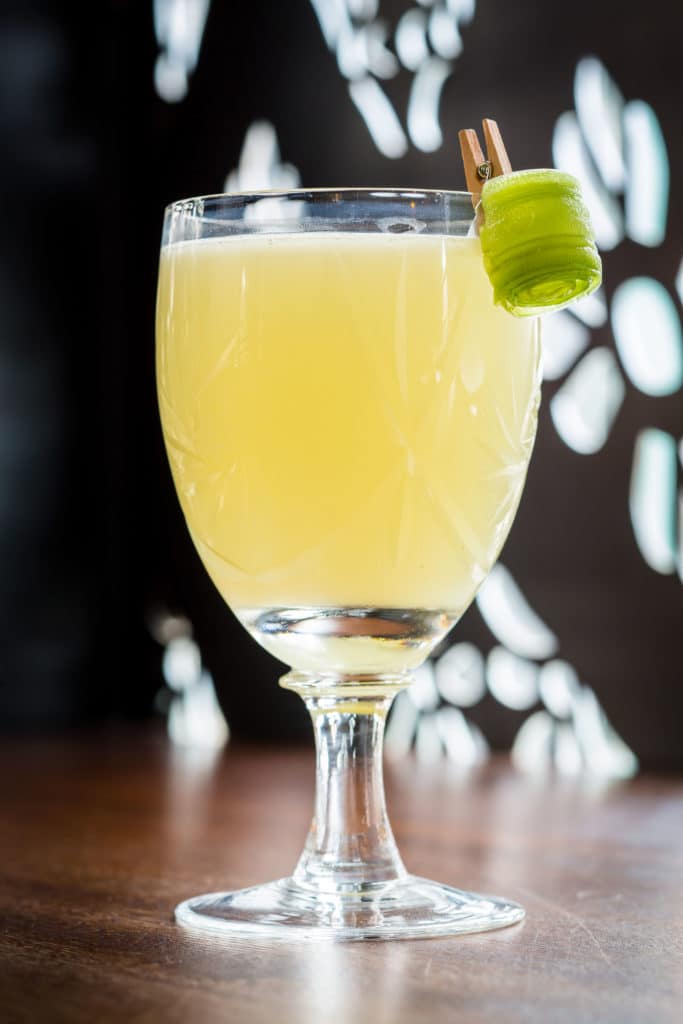
While eating a crunchy jellyfish slaw, Max (a molecular biologist) remarks to our Brazilian waiter that jellyfish are the least-evolved creatures that sleep—“Well, the lowest metazoan with a circadian rhythm that manifests a sleep-like behavior.” The waiter is unfazed, chipping in with a factoid of his own: “And do you know that there are more types of jellyfish than any other type of creature? It’s the most varied creature.”
Toronto after dark is oddly mischievous, as if the city is playing dress-up with the cloak of night, everyone running around in the glow of a school recess. The city, somehow, has gamified adulthood. After a while, you stop being surprised by the sight of someone walking down the street with a stroller filled with beer, or riding a unicycle, or playing a ukulele. We see all three of these things through our cab window while on our way to House of VR, where virtual reality playpens are rented in half-hour blocks.
I get my virtual legs in a world made up of Vincent van Gogh paintings. Goggles on, there I am in 1888’s The Night Café. Down the hall, past a vase of sunflowers, is Marguerite Gachet at the piano. And in a nearby armchair is van Gogh himself. We listen to an impromptu concert before the artist gets up and walks over to a window. I join him. Outside is his Café Terrace at Night. I suppose we are in Arles. Something else has van Gogh’s attention, so I poke my head out the window and follow his gaze skyward. There, swirling to the point of dancing, is the giddy firmament of The Starry Night.
The city, somehow, has gasified adulthood. After a while, you stop being surprised by the sigh of someone riding a unicycle or playing a ukulele.
Van Gogh retreats to his armchair, and, feeling I may have worn out my welcome, I try other games, fighting robots and shooting at bad guys, before settling on what the staff tells me is a children’s game: assuming the role of Godzilla in a cityscape where I can not only tear down buildings with a swipe, I can pick them up—along with cars or trees—and toss them around. Who knew being a monster was so much fun?
During the cab ride home—I’m already thinking of the hotel in these terms—our driver tells us that everyone in Toronto has a nickname, even though he doesn’t. He dubs us Richie Rich and Maximilian, but then changes his mind. “That’s too easy,” he says. “But they’re both about money. So maybe one of you could be Loonie, like the $1 coin, and the other could be Toonie, like the $2 coin, and then when you show up people could call you the Loonie Toons. Or, like, it’s Loonie Toons time. I could see that with you two.”
Day 3
Tasting Canada’s history and ultra-diverse future
The Aga Khan Museum is a half-hour drive from the city center, but it’s worth the effort. The building is a thing of beauty, in particular the restored courtyards, which feature geometric designs intended to stretch space toward infinite horizons. The collection, meanwhile, includes artifacts such as an 11th-century pharmacology text and an ancient dish whose rim is inscribed with Arabic text that could easily stand as Toronto’s motto: “Generosity is the disposition of the dwellers of Paradise.” Surrounded by 18th-century Damascene walls, doors, and panels, we have a light, spicy brunch of grilled octopus salad and chicken jalfrezi at the museum’s restaurant, Diwan, with a couple of saffron martinis and a fig gelato for dessert.
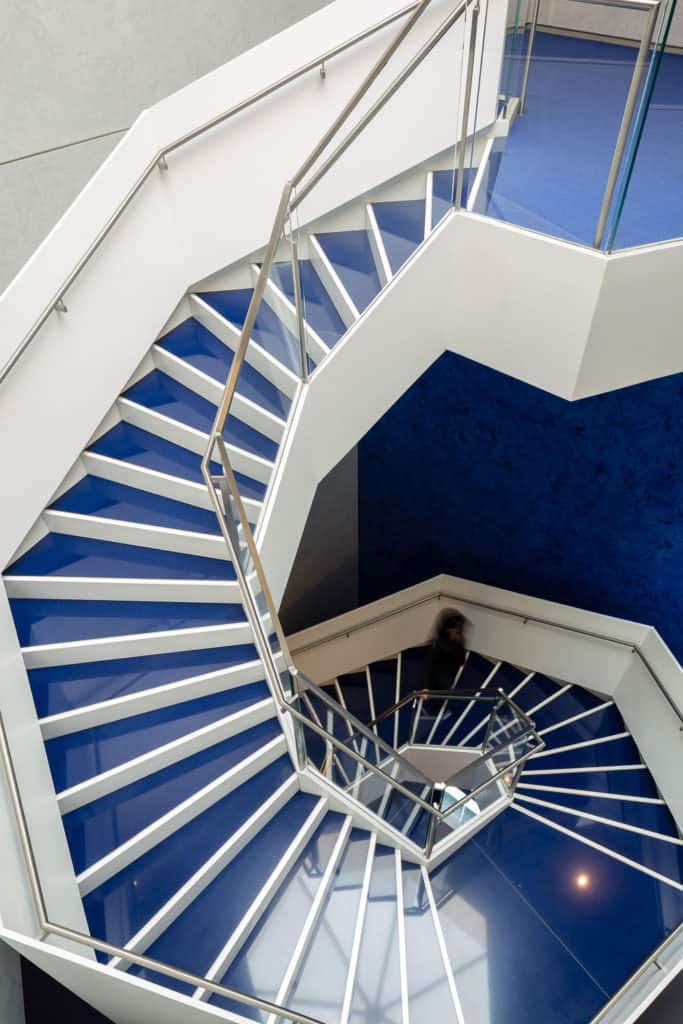
On the way back into town, we stop at Evergreen Brick Works, a former quarry now given over to Mother Nature. Its hiking trails offer sweeping hilltop views of Toronto’s skyline, but the real appeal here is the scrappy scramble of exploration. Is that a path? A natural clearing? Could it be both? The great scoop of the quarry creates the feeling of a condensed valley, and summiting the surrounding small hills provides a surprising thrill.
Back in the city proper, we do a bit of shopping on bustling Dundas Street—primarily window shopping, since we’ve spent most of our disposable income on chocolate—but can’t resist dipping into OVO, the owl-branded clothing store made famous by the rapper Drake. It’s minimalist but fanciful (if you fancy $100 khaki-colored sweatpants). I end up popping into a no-name gift shop in Chinatown to buy some allegedly lucky coins. Toronto makes you believe in good luck, even if it doesn’t make you believe in sweatpants.
There is a giddy timelessness to this city’s magic, and there’s no better place to experience that spirit than Boralia, a restaurant whose menu is derived from the cuisine of indigenous people and early settlers. Keeping with this concept, many dishes come with date stamps that refer to the year the recipe was devised. We have deviled Chinese tea eggs (1855) marinated in soy sauce, Chinese wine, black tea, and five spice powder served with pork sausage and chives on top; mussels smoked in pine needles and pine ash butter (1605); and tavern keeper’s duck (1851) with hibiscus-wrapped sausage, Arctic cranberries, and birch syrup. The star is a simple pigeon pie (1611), a testament to the idea that less is more. Luckily, we save just enough room for a bird’s-nest pudding of fried butterscotch custard (1894).
The ancient dish is inscribed with Arabic text that could stand as Toronto’s motto: ‘Generosity is the disposition of the dwellers of Paradise.’
I ask that my grandmother and pastor and any future employers not read this next part, but we end our last night in Toronto with a bar crawl, during which we sample the Haitian-inspired tipples of Rhum Corner, the low-key Hoof Cocktail Bar’s Manhattan, and the draft beers at Otto’s Bierhalle (where I highly recommend you push the giant red button in the bathroom). One fellow barhopper insists that we visit the speakeasy-ish Civil Liberties, adding, “Look for the pineapples.” On Bloor Street, we pass by Christie Pits Park (home to the Erratic Boulder, a boulder with a plaque that reads “Erratic Boulder”). Then we see it: an awning peppered with pineapples.
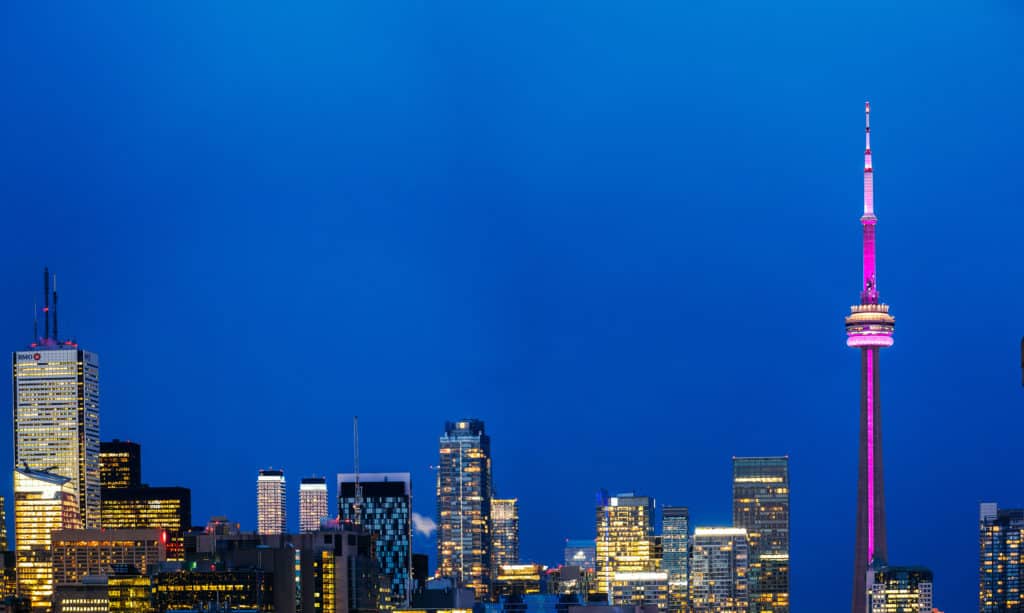
Civil Liberties is so confident in its craft that it has no menu. Every drink is tailor-made. The bartender promises she can give me any flavor I want, so I ask for a drink that tastes like Toronto. It turns out there’s an actual cocktail called the Toronto—a Fernet-infused play on the Manhattan. As I sip it, the band wraps up a song about mustaches, then asks the audience to suggest words that might inspire an improvised number. “It’s our last night in Toronto!” I yell, a bit too—how to put it?—yell-y. Duly prompted, the band delivers a rousing ballad titled “Last Night in Toronto”:
I want to let you run
It don’t matter where we go
It don’t matter where we go
Everybody needs
somebody to love
When it’s your last
night in Toronto
It’s our last night
in Toronto
Won’t we have fun
It’s our last night
in Toronto
And it’s only just begun
As we leave, I look back wistfully and catch the banner above the bar’s entrance. In another century, it could’ve been emblazoned across the city’s gates: “This must be the place.”
Up Next: Three Perfect Days in Houston
